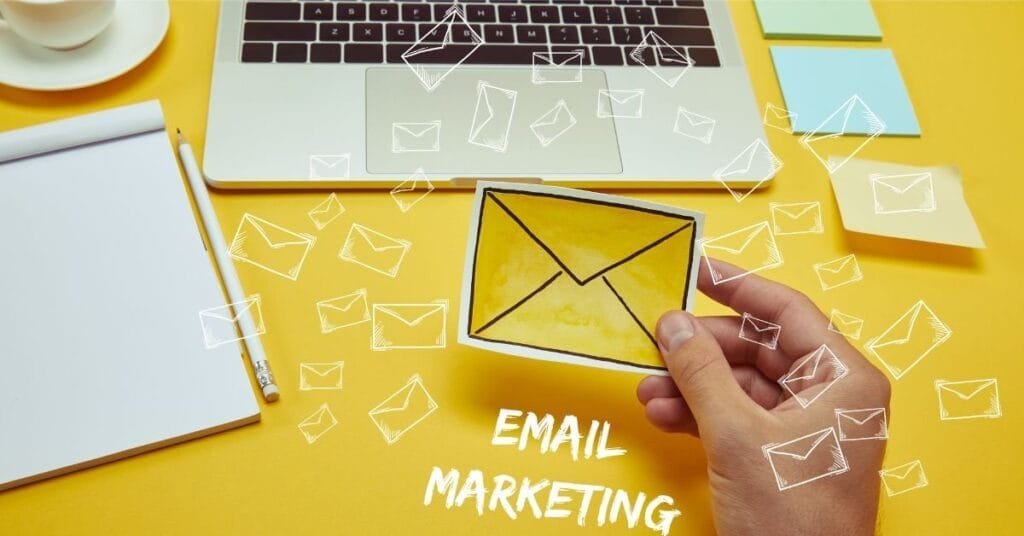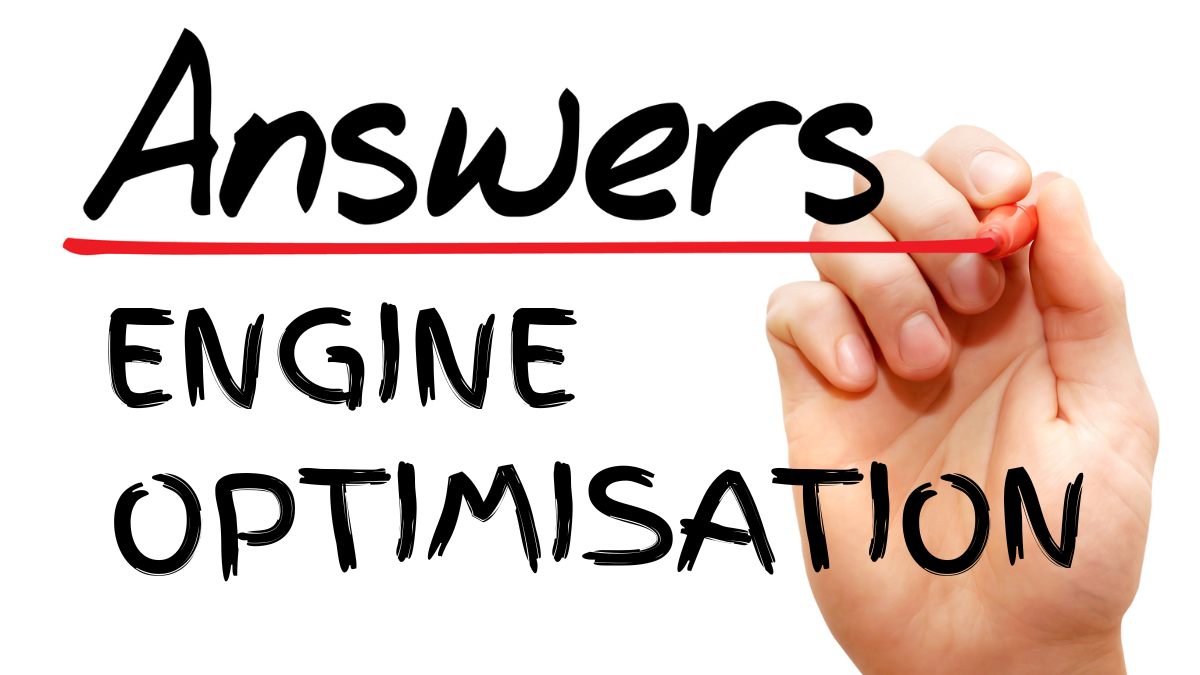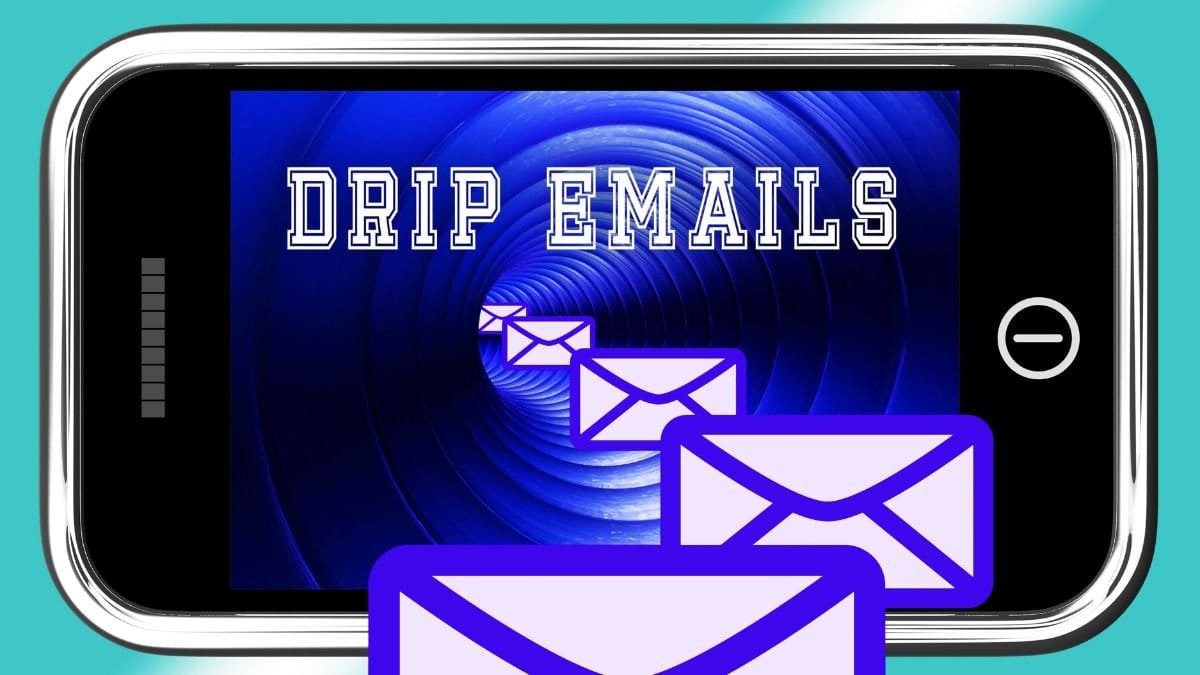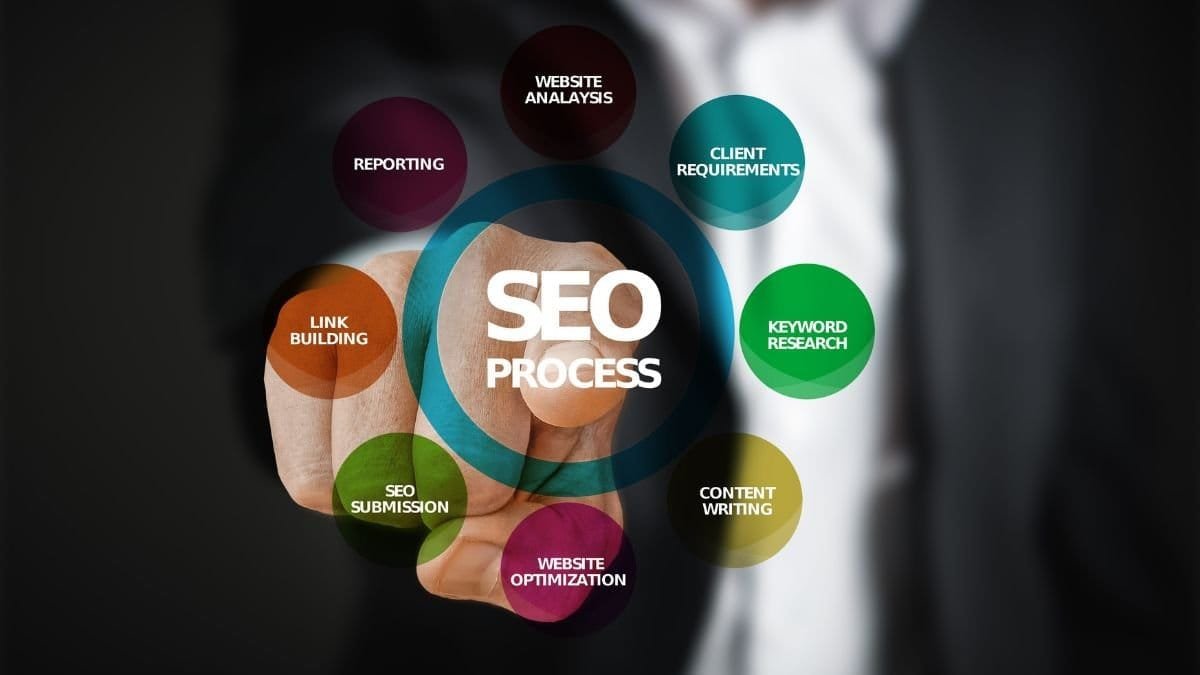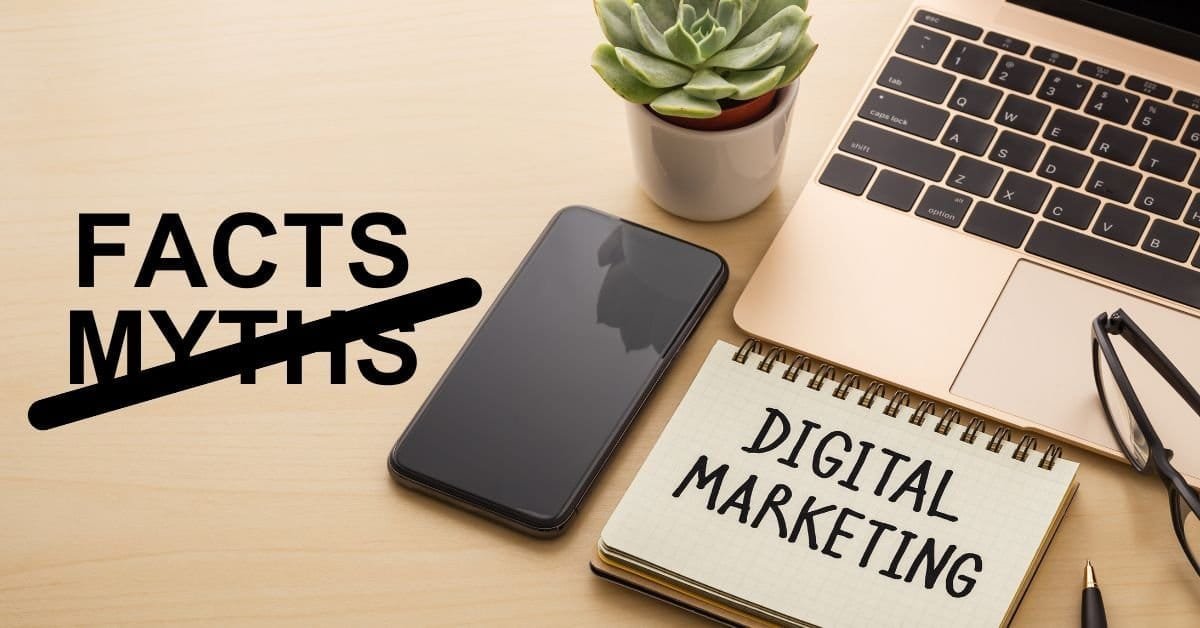Email marketing is one of the oldest yet most effective forms of digital marketing. Despite the rise of social media and other communication platforms, email marketing continues to outperform many other channels. With an astonishing return on investment (ROI) of $42 for every $1 spent, it remains a cornerstone strategy for businesses aiming to build relationships, drive sales, and retain customers. In this comprehensive guide, we will explore the immense benefits of email marketing, provide actionable insights on creating effective email campaigns, and outline best practices to maximize success.
Why Email Marketing is a Critical Tool for Businesses
Email marketing is not just a communication tool; it’s a powerful strategy for connecting with your audience directly and personally. Here are some key reasons why email marketing is indispensable:
1. Direct Communication with Your Audience
Unlike social media posts that may or may not reach your audience due to ever-changing algorithms, email ensures your message lands directly in your subscribers’ inboxes. This provides an unparalleled opportunity to connect with your audience without intermediaries.
2. Personalization and Segmentation
Modern consumers crave personalized experiences. Email marketing allows businesses to tailor messages to individual preferences, behaviors, and demographics. With segmentation, businesses can send highly targeted messages that resonate with specific groups of subscribers, improving engagement and conversion rates.
3. Cost-Effectiveness
Compared to traditional advertising and other digital marketing channels, email marketing is incredibly affordable. Many platforms offer free or low-cost plans, particularly for small businesses. Combined with automation features, this channel delivers exceptional ROI with minimal investment.
4. Automation and Scalability
Email marketing platforms allow businesses to automate campaigns, such as welcome emails, cart abandonment reminders, and seasonal promotions. Automation ensures that your messages reach the right people at the right time, enhancing efficiency and effectiveness.
5. Measurable Results
One of the greatest advantages of email marketing is the ability to measure performance. Metrics like open rates, click-through rates, and conversion rates provide valuable insights that help businesses optimize campaigns and achieve better results over time.
How to Create Effective Email Campaigns
Crafting an email campaign that captures attention and drives action requires careful planning and execution. Here’s a step-by-step guide:
1. Define Clear Objectives
Every email campaign should have a specific goal. Whether it’s to drive traffic to your website, promote a new product, or provide value through educational content, defining clear objectives is crucial for success. Without a clear goal, your campaign may lack focus and fail to deliver results.
2. Craft Compelling Content
Your email content must be engaging and relevant to your audience. Some tips for creating compelling content include:
Write Attention-Grabbing Subject Lines: Your subject line is the first thing subscribers see. Make it intriguing, concise, and aligned with the email’s content.
Use Visual Elements: High-quality images, graphics, and videos can make your emails visually appealing and memorable.
Include Value-Driven Content: Offer actionable tips, exclusive discounts, or insightful articles that provide real value to your readers.
3. Optimize for Mobile Devices
With more than half of emails opened on mobile devices, ensuring your emails are mobile-friendly is non-negotiable. Use responsive design, concise copy, and clear calls-to-action (CTAs) to create a seamless experience for mobile users.
4. Personalize Your Messages
Personalization goes beyond including the recipient’s name. Use customer data to tailor messages based on preferences, past purchases, or browsing history. For instance, sending a personalized product recommendation based on a customer’s previous order can significantly increase conversions.
5. Include a Clear Call-to-Action (CTA)
Every email should have a clear and compelling CTA that directs recipients toward the desired action. Whether it’s “Shop Now,” “Learn More,” or “Subscribe Today,” ensure the CTA stands out and aligns with your campaign goal.
6. Segment Your Audience
Segmentation involves dividing your email list into smaller groups based on shared characteristics, such as location, purchase behavior, or engagement levels. This allows you to send highly relevant messages to each group, increasing engagement and effectiveness.
7. Test and Optimize
A/B testing is a powerful way to improve your campaigns. Test different subject lines, email designs, CTAs, and sending times to identify what resonates most with your audience. Use the results to refine your future campaigns.
Best Practices for Successful Email Marketing
To maximize the effectiveness of your email marketing efforts, follow these best practices:
1. Maintain a Clean Email List
Regularly update your email list to remove inactive subscribers and invalid addresses. This improves deliverability and ensures your messages reach engaged recipients.
2. Find the Right Sending Frequency
Bombarding subscribers with emails can lead to fatigue and unsubscribes, while infrequent communication can result in low engagement. Analyze your audience’s preferences to determine the optimal sending frequency.
3. Comply with Email Marketing Laws
Adhere to regulations like the CAN-SPAM Act and GDPR. Ensure you have explicit consent from subscribers, include an easy-to-find unsubscribe link, and avoid deceptive subject lines or sender information.
4. Use Automation Strategically
Leverage automation for tasks like welcome sequences, cart abandonment emails, and re-engagement campaigns. Automated workflows save time and deliver timely, relevant messages.
5. Monitor Key Metrics
Track essential metrics, including:
Open Rate: Indicates how many recipients opened your email.
Click-Through Rate (CTR): Measures the percentage of recipients who clicked on links within your email.
Conversion Rate: Tracks how many recipients completed the desired action, such as making a purchase or signing up for a webinar.
Analyze these metrics to identify strengths and areas for improvement in your campaigns.
6. Build Trust with Your Audience
Trust is the foundation of successful email marketing. Avoid spammy tactics, deliver on your promises, and consistently provide value to your subscribers.
Advanced Email Marketing Tips
For those looking to take their email marketing to the next level, consider these advanced strategies:
1. Leverage Dynamic Content
Dynamic content allows you to customize email elements in real time based on subscriber data. For instance, you can show different product recommendations to different users within the same email.
2. Integrate Email with Other Channels
Combine email marketing with other digital channels, such as social media, content marketing, and paid advertising. Cross-channel campaigns create a cohesive customer experience and amplify your reach.
3. Use Behavioral Triggers
Set up automated emails triggered by specific user actions, such as browsing a product, downloading a resource, or abandoning a cart. Behavioral triggers ensure timely and relevant communication.
Conclusion
Email marketing remains one of the most effective and cost-efficient digital marketing strategies. By delivering personalized, valuable content directly to your audience, you can build lasting relationships, drive conversions, and achieve an impressive ROI. Whether you’re a small business or a large corporation, leveraging email marketing can unlock new growth opportunities.
To succeed, focus on creating engaging campaigns, following best practices, and continually optimizing your efforts based on data and insights. As the digital landscape evolves, email marketing’s relevance endures, making it a cornerstone strategy for businesses aiming for long-term success.
